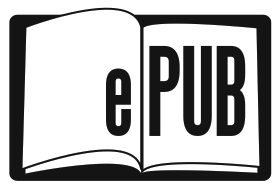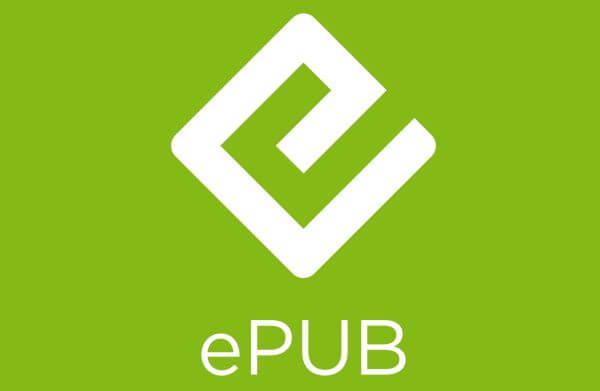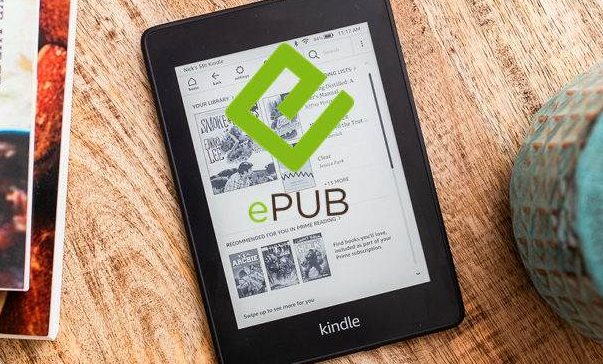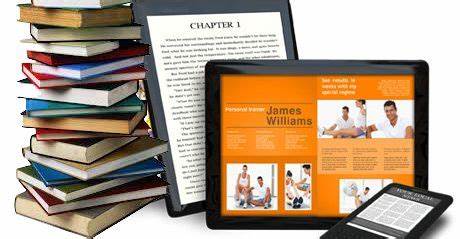EPUB Files: Understanding How They Work
In the digital age, eBooks have revolutionized the way we read and access information. Among the various eBook formats, EPUB stands out as one of the most popular and versatile. But what exactly are EPUB files, and how do they work? In this article, we will delve into the world of EPUBs, unraveling their inner workings and shedding light on why they have become a standard for electronic publishing.
What Are EPUB Files?
EPUB: The Universal eBook Format
EPUB, short for Electronic Publication, is a digital eBook format designed for both ease of use and versatility. Unlike other proprietary formats, EPUB is an open standard, making it accessible to a wide range of devices and software.
A Container for Digital Content
An EPUB file is essentially a ZIP archive that contains various files and assets, including text, images, stylesheets, and metadata. This container format allows EPUBs to encapsulate the entire eBook’s content and structure.
The Anatomy of an EPUB File
HTML and CSS
The core of an EPUB is its HTML and CSS files. These files define the eBook’s content and layout, ensuring that it can be displayed consistently across different devices and screen sizes.
Metadata
EPUBs contain metadata, such as the book’s title, author, publisher, and publication date. This information is vital for cataloging and organizing eBooks in digital libraries.
Images and Multimedia
EPUBs support images, audio, and video files, enhancing the reading experience with multimedia elements. These assets are embedded within the eBook.
Stylesheets
Cascading Style Sheets (CSS) determine the eBook’s visual presentation. They specify fonts, colors, margins, and other design aspects, ensuring a consistent and appealing layout.
Navigation
EPUBs include navigation documents that enable readers to move easily through the eBook, such as tables of contents, lists of figures, and indexes.
Encryption and DRM
Some EPUBs employ encryption and Digital Rights Management (DRM) to protect copyrighted content and control access to eBooks.
How Do EPUB Files Work?
Cross-Platform Compatibility
One of the defining features of EPUB is its cross-platform compatibility. EPUB files can be opened and read on various devices, including eReaders, smartphones, tablets, and desktop computers. Popular eReaders like Amazon Kindle have added support for EPUB, widening its reach.
Dynamic Layout
EPUBs offer a responsive layout that adapts to different screen sizes and orientations. This flexibility ensures that eBooks look good on both small eReader screens and large tablet displays.
Text Reflow
EPUB readers can reflow text, adjusting it to fit the screen and font size chosen by the reader. This feature enhances accessibility for individuals with visual impairments.
Accessibility Features
EPUBs support accessibility features such as text-to-speech, screen readers, and customizable font sizes and styles. These features make digital reading accessible to a diverse audience.
Interactivity
EPUBs can incorporate interactivity elements like hyperlinks, multimedia, and interactive quizzes, making them suitable for educational materials and interactive eBooks.
Creating and Editing EPUB Files
EPUB Creation Tools
Authors and publishers can create EPUB files using various software tools, including Adobe InDesign, Sigil, and Calibre. These tools help structure content and ensure compliance with EPUB standards.
Editing EPUBs
EPUB files can be edited and updated easily, allowing authors to make corrections or add new content to their eBooks as needed.
Conclusion
EPUB files have transformed the way we consume digital content. Their open standard, cross-platform compatibility, and dynamic layout make them a popular choice for eBooks of all kinds. Understanding the inner workings of EPUBs empowers authors, publishers, and readers to harness the full potential of this versatile eBook format.
As technology continues to evolve, EPUB files will likely remain a staple in the world of digital publishing, offering readers an accessible, interactive, and enjoyable reading experience across various devices and platforms.






